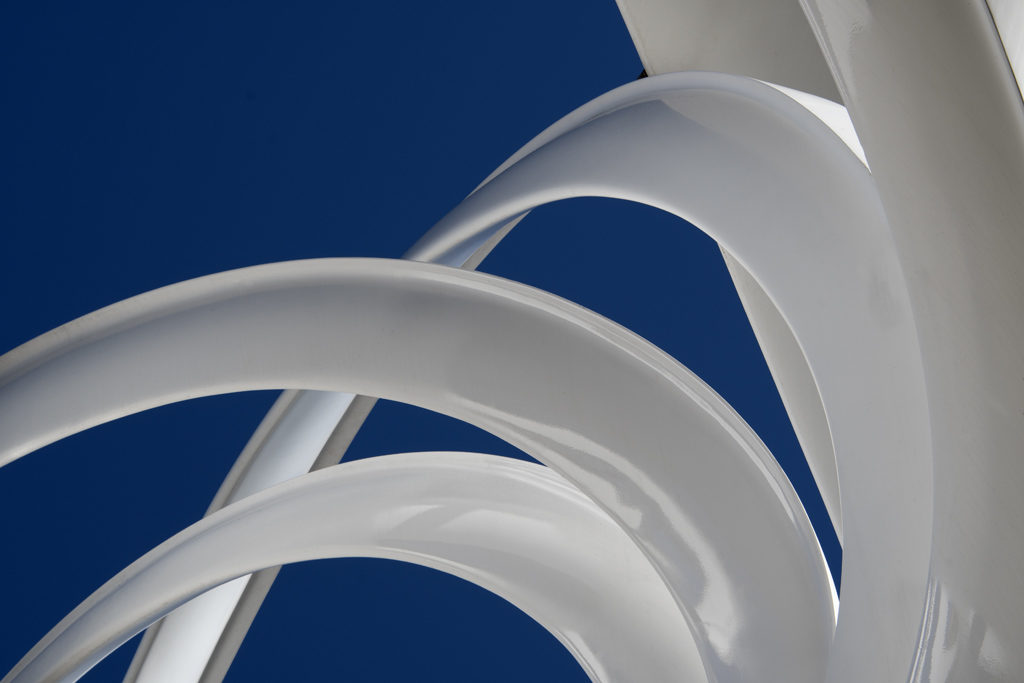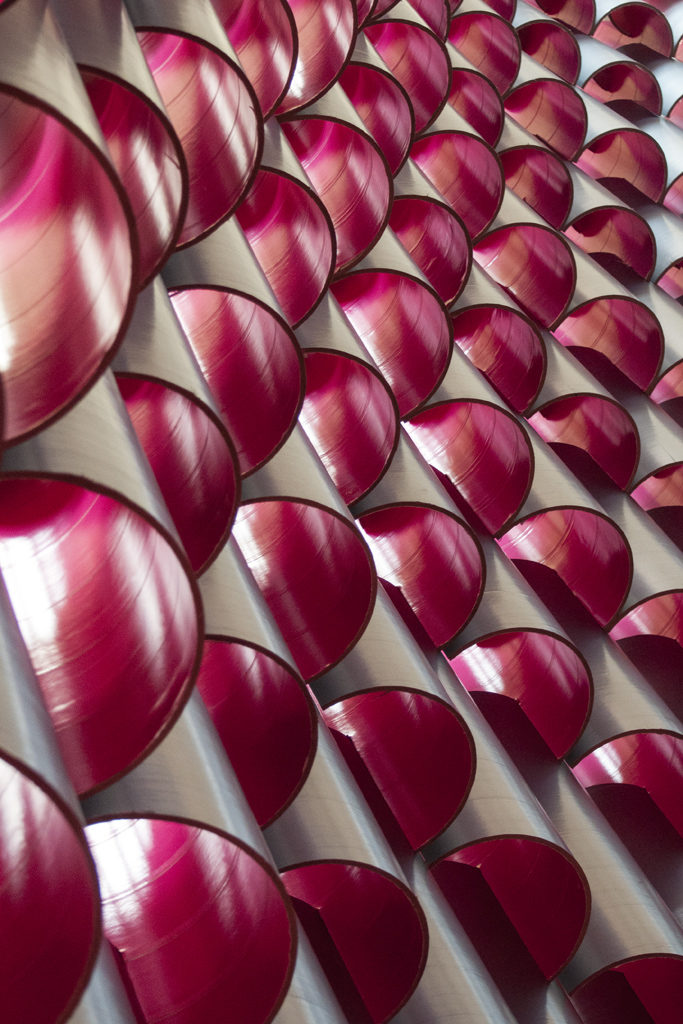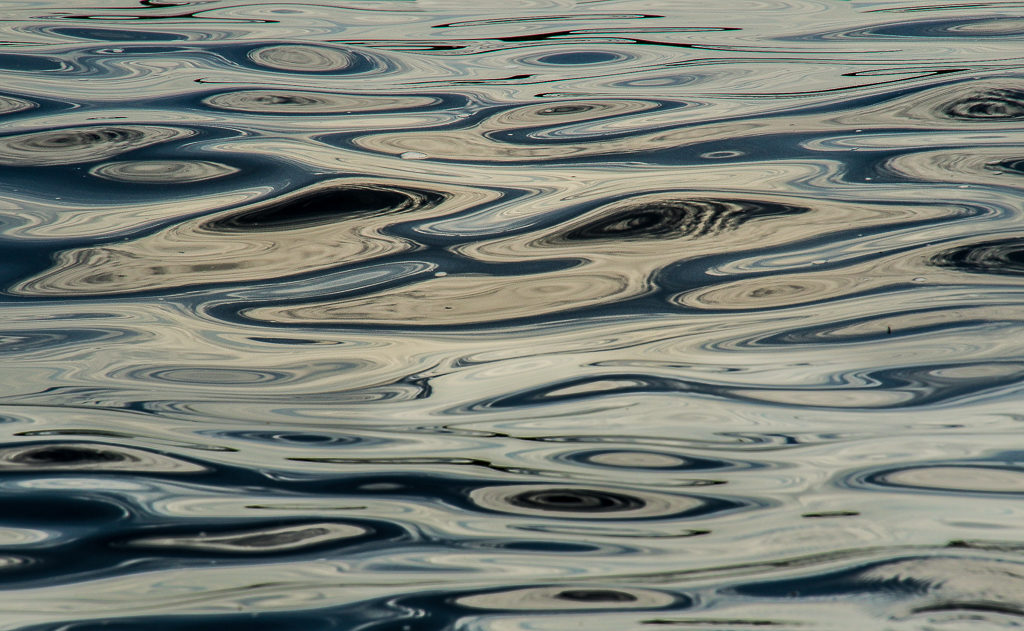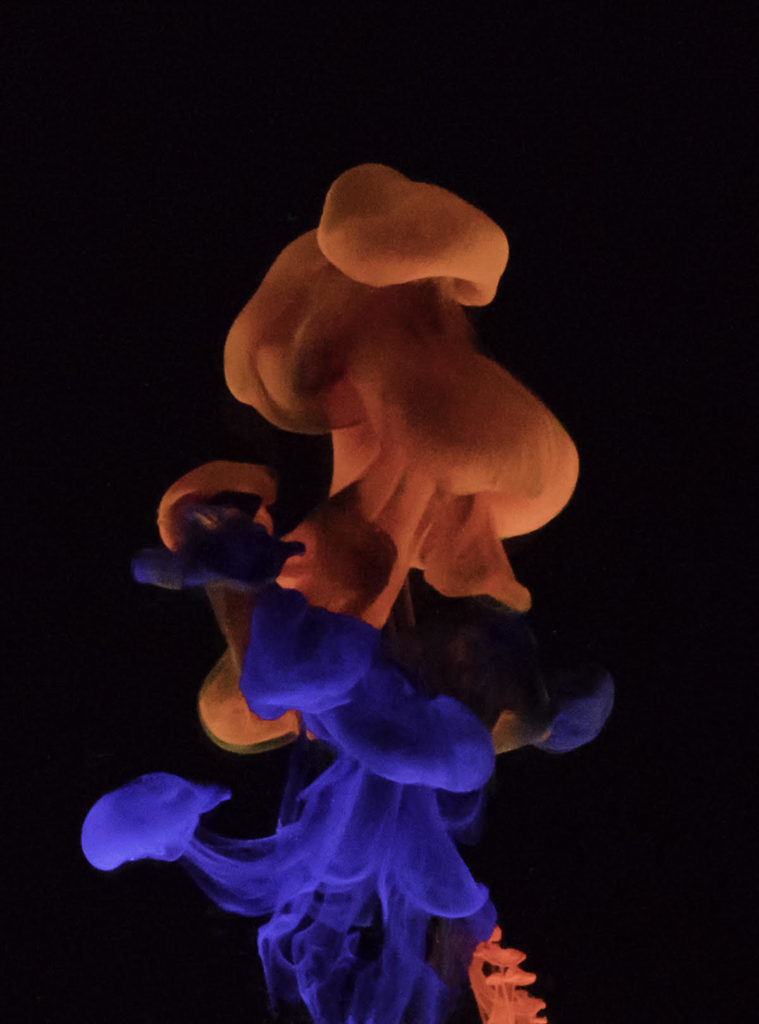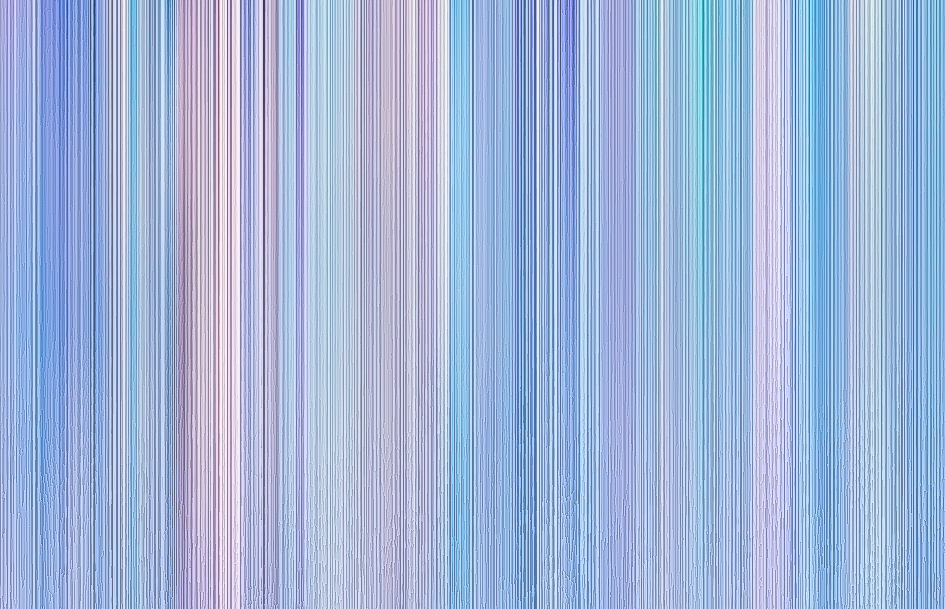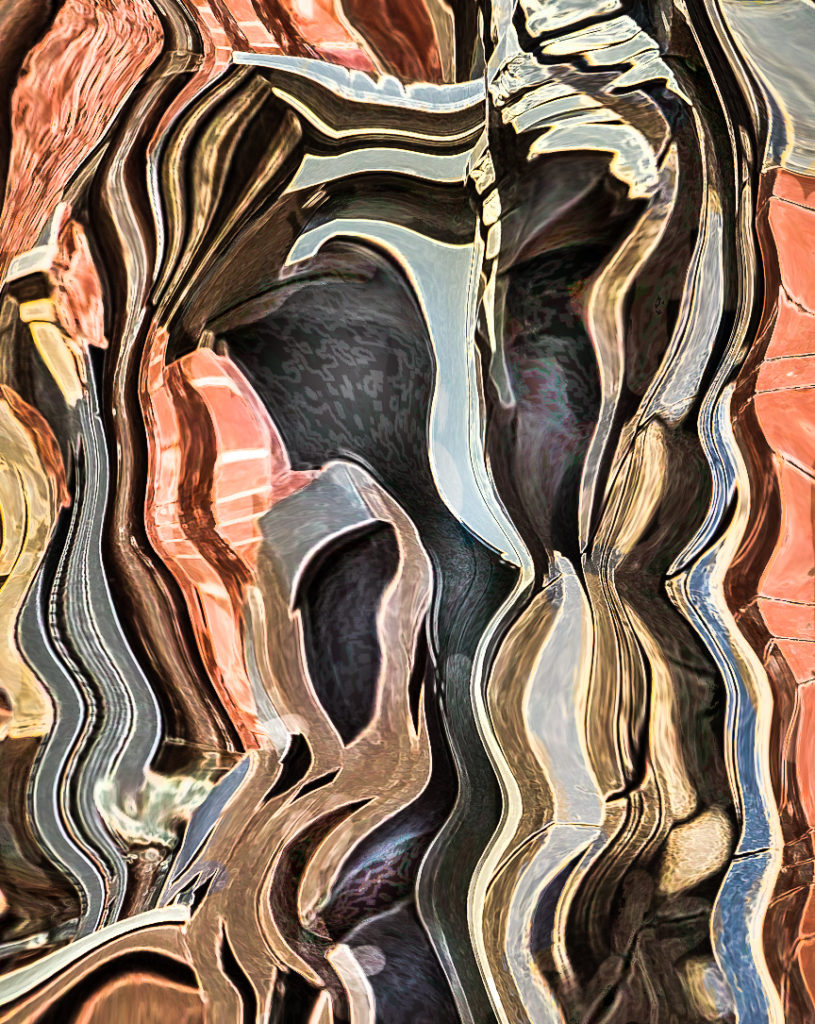By David Blass, Beth Koller, and Kate Woodward
What is abstract photography? An abstract photograph can be loosely defined as one that emphasizes colors, lines, patterns, textures, or shapes, and that does not represent something clearly recognizable such as a person, landscape, or building. Joseph Miller, who this May is running his eighth annual Abstract Photography Exhibit in Gainesville, Virginia, calls abstracts “the poetry of photography, free verse written in color and tone” (Miller, 2017). Three of the SSCC members that were accepted—David Blass, Beth Koller, and Kate Woodward— here provide photographs juried into the 2018 Joseph Miller Abstract Photography Exhibit that illustrate three distinct types of abstracts that can be fun to create and compelling to view.
1. Found Abstract
Three of the photographs constitute “found abstracts”. A found abstract is a photograph of shapes, colors, and textures discovered intact in the environment. Often, the photographer will create a close-up of one portion of a scene or object, to isolate it from the whole and thus eliminate explanatory context. The photographer may use minor post processing techniques to emphasize attributes and create moods, but the photographer does not significantly alter the image to create something that was not actually in the original scene.
Beth Koller’s image, Octopus Tentacles, is an example of a found abstract. It was photographed between the Labor Department Building and the National Mall, in Washington D.C.
Beth observed an outdoor plastic-metal sculpture/structure that she considered very busy and rather ugly from most vantage points. But as she walked about the structure, she found interesting elements that could be separated from the whole. She set up the tripod, dialed in a low ISO for increased light sensitivity, and made sure that the polarizer was in place. Because Beth wanted to avoid specular highlights, she chose the angle of view carefully. She sought curved lines that traveled through the image but that were countered by the negative space of the blue sky. She took a few shots from slightly different positions and focal lengths. She did little in post processing beyond slightly enhancing the color and removing some dirt.
Red Igloos, Beth’s second found abstract, was photographed at the exhibit, Hives (presented by the National Building Museum and Studio Gang, 2017).
Rather than take a wide-angle shot that represented a complete structure, Beth used the lack of context and the flattening or compression of a telephoto lens (with a minimum aperture between f/3.5 and f/5.6) to create an abstract image. She focused on receding lines to guide the viewer through the image. She used the presence or absence of light reflecting on the external surfaces of the tubes to provide tone (black and white); she then exaggerated the tonal variation through in-camera exposure compensation. The museum did not allow tripods for this exhibit, so lighting, overall, was a challenge. Beth chose to orient the photograph vertically, but she found it could also have been oriented horizontally. She did little in post-processing—she enhanced color slightly, did some selective sharpening, and reduced some bright areas along an edge.
Kate Woodward’s found abstract, Waves, was taken at Long Lake, in Harrison, Maine.
Kate is fascinated by patterns on water, frozen in time. She has taken many close-up photographs of waves on Long Lake, each very different in color and shape. Kate did not use a tripod with this image, and shot instead with a high shutter speed of 1/640 sec. (at f/11). She used a zoom lens at 185 mm (cropped sensor), which helped isolate the geometric shapes of individual waves and minimized the context of the lake. Kate cropped the image slightly in post processing, to emphasize the brown shapes near the top of the image, and did some minor dodging/burning and sharpening.
2. Created Abstract
The second type of abstract photography, a “created abstract”, consists of an image where the photographer has arranged the scene to be photographed. The abstract is still created in the camera, but the photographer has not found the scene intact in the environment, as in the found abstract, but has physically designed the scene in some way.
David Blass’s Flow Study 6, is an example of a created abstract. David poured ink into water, then photographed the ink diffusing in the water. He created the image in his home.
For this image, David sought to capture the vibrant colors of the ink as it mixed and expanded into soft shapes in water. He chose to present the image upside down from how it came from the camera, as that positioning made the lighting more dramatic. The lighting comes from below in the image, rather than from above, as the lighting was in his studio. David also thought the inverted image looked more plantlike; that is, growing from the bottom of the frame, which added some mystery to the question, “What is it?” David photographed the scene against a black background, positioning the lights to minimize glare. He did little post-processing, primarily cropping and brightening the colors.
3. Found/Post-Processed Abstract
A third type of abstract, which the authors call a “found/post-processed abstract”, is an image that begins in the camera with the photographing of a scene found in the environment, but that is then transformed into something abstract by the photographer’s use of software tools such as Photoshop or Photoshop Elements. With this kind of abstract, the final photograph often looks vastly different from the original image taken with the camera, although the original photograph provides the essential building blocks of the final image. The photographer may envision this final abstract image before beginning to edit the photograph, or the conception of the final image may evolve—to varying degrees— as the photographer applies different editing effects. Two of the photographs constitute found/post-processed abstracts.
Kate Woodward’s Pastel Melody is one example of a found/post-processed abstract.
Kate originally took a photograph of trees in Autumn; she then cropped the photograph to focus more closely on the greens and yellows of the leaves. Seeking a stronger color effect, she brought the image into Photoshop Elements, and applied two filters—the Motion Blur Filter, to create a series of lines (instead of the recognizable shapes of the leaves), then the Inverse Filter (part of the Adjustment Filter) to change the color palette from greens and yellows, to pinks and blues. Kate then used various tools in Lightroom, some applied to the whole image and some applied selectively, to modify the colors and tones of the image. She made these Lightroom changes to further fit her vision of pleasing pastel colors and to lead the viewer’s eye across the image to follow lines of pink, then blue, then purple. The goal of the finished image was to create a gentle yet dynamic melody of color.
Cascading Color, another of Kate’s found/post-processed abstracts, was originally a scene of buildings in Washington D.C. In this image, Kate kept the same overall color palette of the original photograph and focused on modifying the shapes.
Kate edited the image in Photoshop Elements, using primarily the Distort/Liquify Filter Brush. This brush allowed her to paint liquifying effects selectively to different portions of the image. She then brought the image back into Lightroom to work on balancing the colors (e.g., was there enough blue in the image, evenly distributed), copying a few shapes with the spot removal tool, and making other adjustments to create movement and drama.
One can find many resources on making these three types of abstract photographs. Please see, for example, the list of online resources on abstract photography in February’s Cable Release. abstract-photography-resources-by-kate-woodward/ . You might also want to look at the abstract images from previous Joseph Miller Abstract Photography Exhibits; see nvacc.org/home/gallery. Not surprisingly, the authors of this article invite you to visit the Eighth Annual Joseph Miller Abstract Photography Exhibit, which runs Saturdays and Sundays, May 5 – 27 12:00-5:00 p.m. at the Joseph Miller Center for the Photographic Arts, 4811 Catharpin Road, Gainesville, VA 20155 (opening reception on May 6, 2:00-5:00 p.m.).
Abstract photographs are excellent choices for any of the SSCC open competitions next year. Please share your abstract photos with the rest of us.
References
Miller, J. (2017). Eighth annual Joseph Miller abstract photography exhibit. Retrieved from nvacc.org/home/abstract-exhibit

